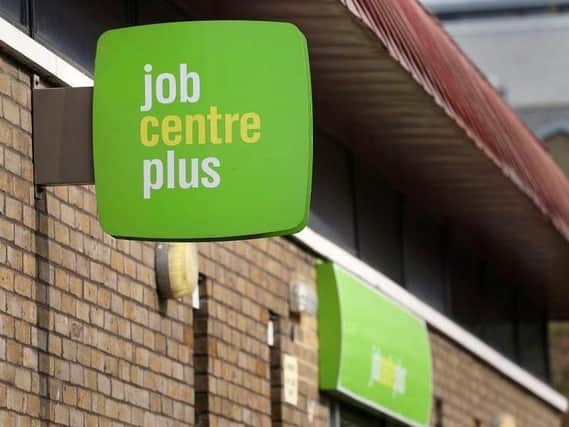Hundreds fewer people claiming unemployment benefits in North East Lincolnshire


Office for National Statistics data shows 5,990 people in the area were claiming out-of-work benefits as of mid-May, down from 6,335 in April.
It means 6.3 percent of North East Lincolnshire's working-age population sought support in May – down from 6.6 percent the previous month.
Advertisement
Hide AdAdvertisement
Hide AdAnd it was also 1,115 fewer than the number of claimants recorded in May last year.
The figures include those aged 16 to 64 on Jobseeker’s Allowance and some Universal Credit claimants, who are unemployed and seeking work or employed but with low earnings.
The ONS cautioned that changes to Universal Credit in response to the virus mean more people can get the benefits while still being employed, which could affect the figures.
It also said a small number of people who can claim both JSA and UC could be counted twice.
Advertisement
Hide AdAdvertisement
Hide AdNational figures, which are adjusted to account for seasonal changes, show the number of people seeking help across the UK fell by 92,600 month on month to 2.5 million in May.
This period covers the reopening of outdoor hospitality and non-essential retail for the first time since December.
The ONS said the number of payrolled employees jumped by almost 200,000 in May – a record monthly rise – but remains more than half a million below pre-pandemic levels.
Sam Beckett, ONS head of economic statistics, said: “Job vacancies continued to recover in the spring, and our early estimates suggest that, by May, the total had surpassed its pre-pandemic level, with strong growth in sectors such as hospitality.
"Meanwhile the redundancy rate remains subdued, while the number of employees on furlough has continued to decline."